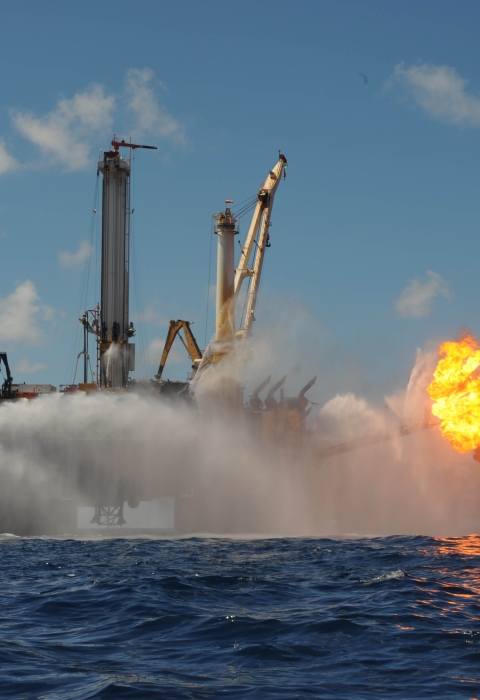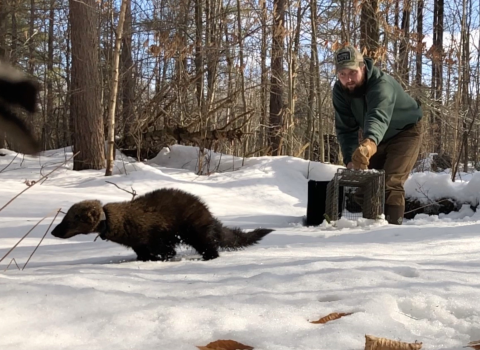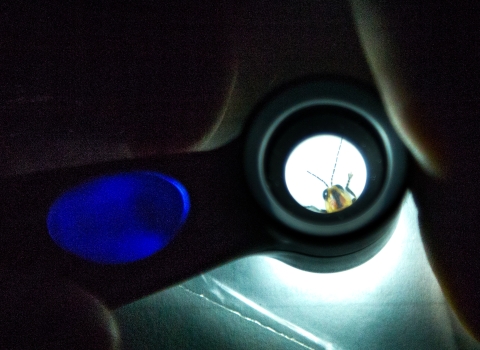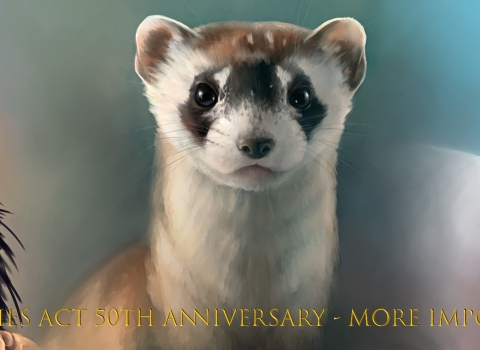Gas flaring occurs when industrial operations like landfills, chemical manufacturing plants, and oil and gas facilities burn off unwanted gases. These gases are typically flared using flare stacks or enclosed flares. Some flares burn continually while others are used intermittently or during unplanned pressure release events. Gas flaring is often necessary to combust and destroy toxic air pollutants.
How do gas flares impact migratory birds?
Methane or other gas burner pipes present a hazard to birds from burning, entrapment in pipes or vents, or direct mortality from the flare flame. The flame emitted to burn off gas during a flaring event can attract birds, especially at night. Birds can fly through the superheated gas or flame resulting in feather damage grounding the bird or scalding of lungs or other tissues due to inhalation. Birds can also be killed or injured if they perch on burner pipes.
What can I do?
Reduced emission completions, also referred to as green enclosed completing, are specifically designed to capture gas and send it directly to a sales line. This process can help decrease emissions and significantly reduce need for flaring, which ultimately reduces impacts to birds.
Mortality of birds perching on flare stacks results from direct incineration or by inhalation of the toxic gas if the flare igniter fails to work properly. Consideration should be given to installing anti-perching devices on flare stacks to prevent raptors and other birds from using them as perch sites. Open vent stack equipment should be designed and constructed to prevent birds from entering or nesting in or on such units, and to the extent practical, to discourage birds from perching on the stacks. Installing cone-shaped mesh covers on all open vents is one suggested method.
- To minimize the potential impacts to birds during a flare event:
- Avoid flaring at night
- Avoid flaring during low visibility
- Avoid flaring during peak spring and fall migrations depending on the location
- Lighting around the facility and on flare stacks should follow FWS communication tower guidance
Library Documents
- Conservation measures for operation of flare stacks
- Methane Burner Impacts on Raptors



